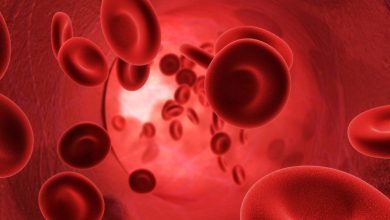Symptoms of Bacteremia
Bacteremia, the presence of bacteria in the bloodstream, can lead to a range of symptoms depending on the severity of the infection and the specific bacteria involved. This condition occurs when bacteria from an infection elsewhere in the body, such as in the lungs, urinary tract, or skin, enter the bloodstream and spread to other organs. The symptoms of bacteremia can vary widely from mild to severe and may include:
-
Fever: One of the most common symptoms of bacteremia is an elevated body temperature, often accompanied by chills. The fever may fluctuate and can be persistent depending on the bacterial load and the body’s response.
-
Rapid Heart Rate: Known as tachycardia, an increased heart rate can occur as the body tries to fight off the infection. This is a physiological response aimed at improving circulation and delivering immune cells to the site of infection.
-
Hypotension: In severe cases, bacteremia can lead to low blood pressure, known as hypotension. This occurs as a result of systemic inflammation and the body’s response to bacterial toxins, which can affect blood vessel function.
-
Malaise: Patients with bacteremia often experience a general feeling of illness or discomfort, known as malaise. This can include fatigue, weakness, and a sense of overall unease.
-
Joint Pain: Some types of bacteria associated with bacteremia, such as Staphylococcus aureus, can cause joint pain and inflammation. This is especially common in cases where the infection spreads to the joints, leading to conditions like septic arthritis.
-
Skin Changes: Skin manifestations may occur, such as petechiae (small red or purple spots due to bleeding under the skin), purpura (larger areas of bleeding under the skin), or other rashes. These can be indicative of disseminated intravascular coagulation (DIC) or other complications.
-
Confusion or Altered Mental Status: In severe cases, bacteremia can affect the central nervous system, leading to confusion, disorientation, or changes in mental status. This can occur due to the direct effect of bacteria or their toxins on the brain.
-
Respiratory Symptoms: If the infection spreads to the lungs, patients may experience symptoms such as cough, chest pain, and difficulty breathing. This can occur in cases where bacteremia leads to pneumonia or other respiratory infections.
-
Gastrointestinal Symptoms: Bacteremia can cause gastrointestinal symptoms such as nausea, vomiting, diarrhea, or abdominal pain. This may occur due to the release of toxins into the bloodstream or secondary infections in the gastrointestinal tract.
-
Focal Symptoms: Depending on the source of the infection, bacteremia can cause symptoms specific to that area. For example, urinary tract infections can lead to symptoms like frequent urination, burning sensation during urination, and lower abdominal pain.
The severity of symptoms in bacteremia can vary widely depending on factors such as the type of bacteria involved, the patient’s overall health, and how quickly treatment is initiated. Prompt medical attention is crucial to prevent complications such as sepsis, organ failure, or even death. Treatment typically involves antibiotics tailored to the specific bacteria causing the infection, along with supportive care to manage symptoms and stabilize the patient’s condition.
In summary, bacteremia presents with a spectrum of symptoms ranging from mild malaise and fever to severe complications such as sepsis and organ dysfunction. Early recognition and treatment are essential to improve outcomes and reduce the risk of serious complications associated with bloodstream infections.




